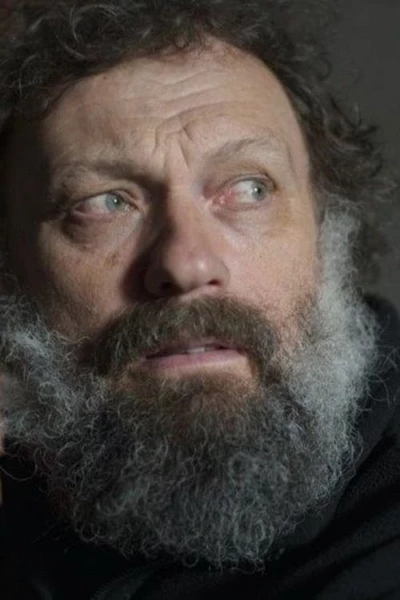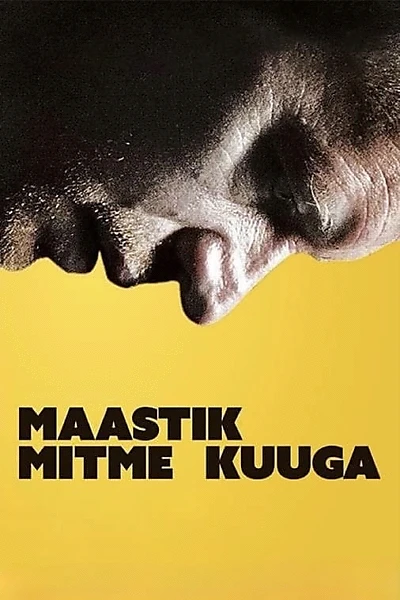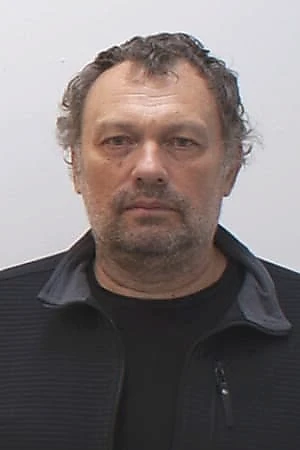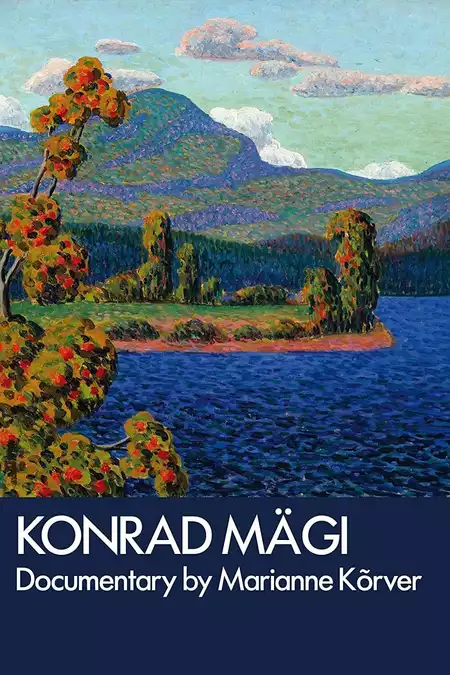Biography
Jaan Toomik (born October 2, 1961 in Tartu) is an Estonian video artist, painter and award-winning filmmaker, often described as the most widely acknowledged Estonian contemporary artist on the international scene.
Filmography
all 3
Movies 3
Director 2
Man 1 / Writer / Director / Production Design

Two Men on Train and Someone Else (2023)
Movie
Director / Screenplay

Landscape with Many Moons (2014)
Movie
Information
Known ForDirecting
GenderMale
Birthday1961-10-02 (63 years old)
Birth PlaceTartu, Estonia
CitizenshipsEstonia
AwardsOrder of the White Star, 3rd Class
This article uses material from Wikipedia.
Last updated:
 Jaan Toomik
Jaan Toomik- Filmography
- Information
